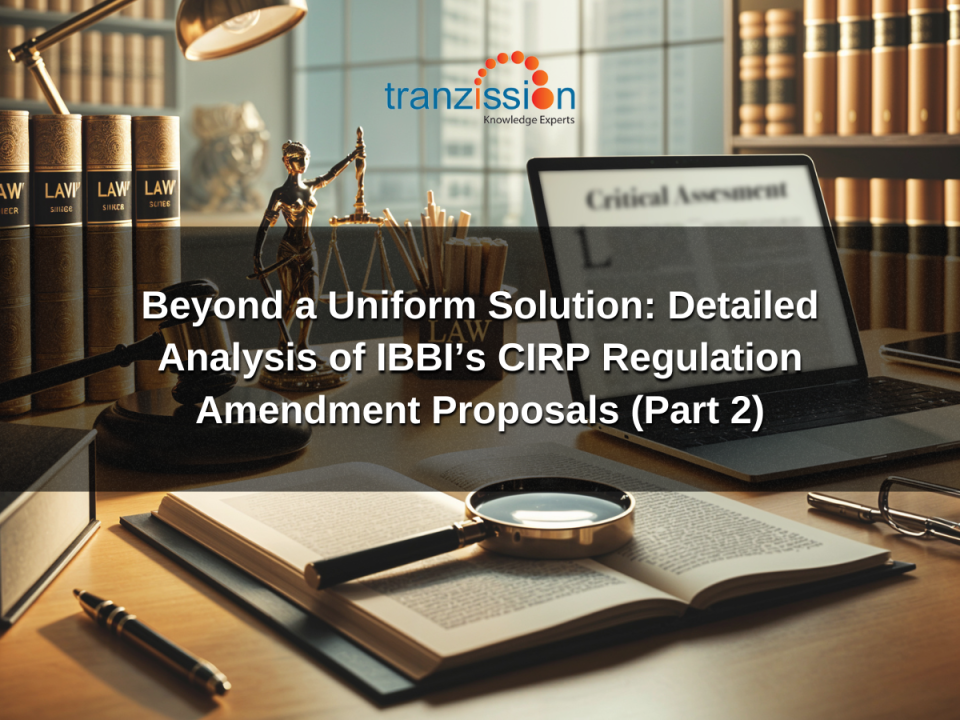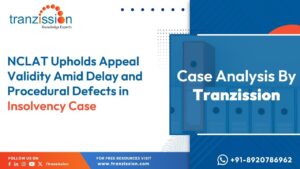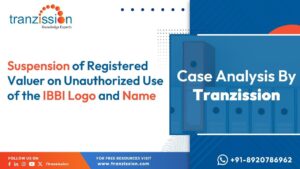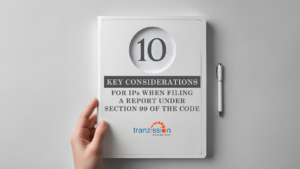
Beyond a Uniform Solution: Detailed Analysis of IBBI’s CIRP Regulation Amendment Proposals – Part 2

Table of Contents
Introduction
The discussion paper, issued by the Insolvency and Bankruptcy Board of India (IBBI) on June 19, 2024, seeks comments on four proposed amendments to the Insolvency and Bankruptcy Board of India (Insolvency Resolution Process for Corporate Persons) Regulations, 2016. This article analyses IBBI’s second proposal to amend CIRP Regulations relating to the appointment of only one registered valuer to provide fair and liquidation value estimates and the role of the Committee of Creditors in appointing valuers to align CIRP Regulations with Valuation Rules.
Proposal #2: One Valuation Estimate for Companies Up To a Certain Asset Size and for MSME Companies
Current Practice: Under Regulation 27 of the CIRP Regulations, the Resolution Professional is required to appoint two registered valuers to assess the fair value and the liquidation value of the corporate debtor as per Regulation 35. Should there be a significant discrepancy between the two valuations, the appointment of a third valuer becomes necessary.
Proposed Amendment: The amendment suggests that for CIRPs involving corporate debtors with assets up to Rs. 1000 crore and those classified as MSMEs, the Resolution Professional should appoint only one registered valuer to provide the fair and liquidation value estimates. If the Committee of Creditors opts for two valuers, it must document the reasons for this decision before the Resolution Professional proceeds with such appointments.
Rationale: This aims to streamline the valuation process, reduce inconsistencies, and lower costs by potentially limiting the number of Registered Valuers required.
Critical Assessment
a. Reduction in the Authority of the Resolution Professional to Appoint Valuers
The proposed amendment, aimed at reducing the costs of the Corporate Insolvency Resolution Process, contradicts the intent of the Insolvency and Bankruptcy Code. The Insolvency and Bankruptcy Board of India has consistently maintained that the Committee of Creditors has no role in the appointment of valuers. In a disciplinary case against a Resolution Professional who attributed the delay in appointing valuers to the Committee of Creditors’ delayed approval, the Board found the Resolution Professional at fault for not acting independently.
Despite this consistent stance that the Committee of Creditors should not be involved in the appointment of valuers, the proposed amendment represents a reversal, particularly in cases of Corporate Insolvency Resolution Processes involving corporate debtors with assets up to Rs. 1000 crore and those classified as Micro, Small, and Medium Enterprises. Under the new proposal, the Resolution Professional must obtain the Committee of Creditors’ agreement before appointing a valuer, which diminishes the power of the Resolution Professional as stipulated in the Code. It would be inconsistent for the Regulations to mandate anything not established in the Code.
b. Requirement for Committee of Creditors’ Approval May Cause Delays and Confusion
The preamble of the Code emphasizes the importance of a “time-bound resolution” of cases. The Resolution Professional is expected to appoint registered valuers within 47 days from the insolvency commencement date. Typically, it takes 30 days to constitute the Committee of Creditors, and often it may take longer. Requiring the Resolution Professional to consult the Committee of Creditors about the appointment of valuers will inevitably lead to delays.
Several potential complications may arise:
i. It is unclear whether the issue of appointing valuers requires a vote or merely discussion within the Committee of Creditors.
ii. If merely a discussion item, what action should the Resolution Professional take in the event of differing opinions among the Committee of Creditors?
iii. If a voting item, what percentage of votes is needed to pass the resolution?
iv. What occurs if the Committee of Creditors decides to appoint two valuers but objects to the names suggested by the Resolution Professional?
v. What should the Resolution Professional do if the Committee of Creditors suggests and approves specific valuers?
vi. What happens if no creditor files claims and the Committee of Creditors is not constituted, or all claims filed are still under verification by the 47th day?
vii. What if the Committee of Creditors, after receiving the report from the sole valuer, instructs the Resolution Professional to appoint a second valuer?
Involving the Committee of Creditors in the matter of appointing valuers is ill-advised, and this proposal needs reevaluation. The commercial wisdom of the Committee of Creditors does not extend to the appointment of valuers.
c. Risk of Inaccuracy
Dependence on a single valuer increases the risk of inaccuracies if the valuer’s methodology or inputs are flawed. When two valuers are appointed, it is possible to identify inconsistencies in the valuation; however, with only one available report, comparison is impossible.
d. Dependency on Sub-Valuers
Relying on inputs from other valuers may lead to delays or inconsistencies due to differing valuation approaches. Moreover, the Resolution Professional will lose direct control over the sub-valuers appointed by a valuer.
e. No Reduction in Costs
The proposed amendment heavily relies on the assumption that appointing fewer valuers will reduce costs. However, if two valuers are appointed, they might, in turn, appoint sub-valuers for specific asset classes, thereby not reducing either the number of valuers or the costs.
Furthermore, the Resolution Professional will be unaware of who the appointed valuers select as their sub-valuers.
f. Ambiguity Regarding MSME Registration
The proposed amendment allows for the appointment of one registered valuer if the corporate debtor is classified as a Micro, Small, or Medium Enterprise under Section 7(1) of the MSME Act, 2006. However, it refers to the classification section of the Act, whereas registration is carried out under Section 8. Questions may arise regarding the timing of meeting classification criteria—whether on the insolvency commencement date or another date. If registration is mandatory, should that status be available on the insolvency commencement date or can it be obtained later?
g. Ambiguity in Asset Definition and “Latest Available Balance Sheet”
The amendment uses the term “asset size up to Rs. 1000 crore as per the latest available balance sheet” without specifying whether it refers to the total assets on the balance sheet or the assets to be valued. The phrase “latest available balance sheet” is vague—does it refer to the most recent audited balance sheet, or can an unaudited balance sheet be relied upon? There might also be issues if the latest available balance sheet is outdated, such as being five years old. Clarity from the Regulator on these issues would help prevent further delays caused by interpretation disputes.
Conclusion
If not clarified or rephrased, the proposed amendment could be a source of confusion and misunderstanding, potentially leading to unnecessary legal filings due to misinterpretation.





